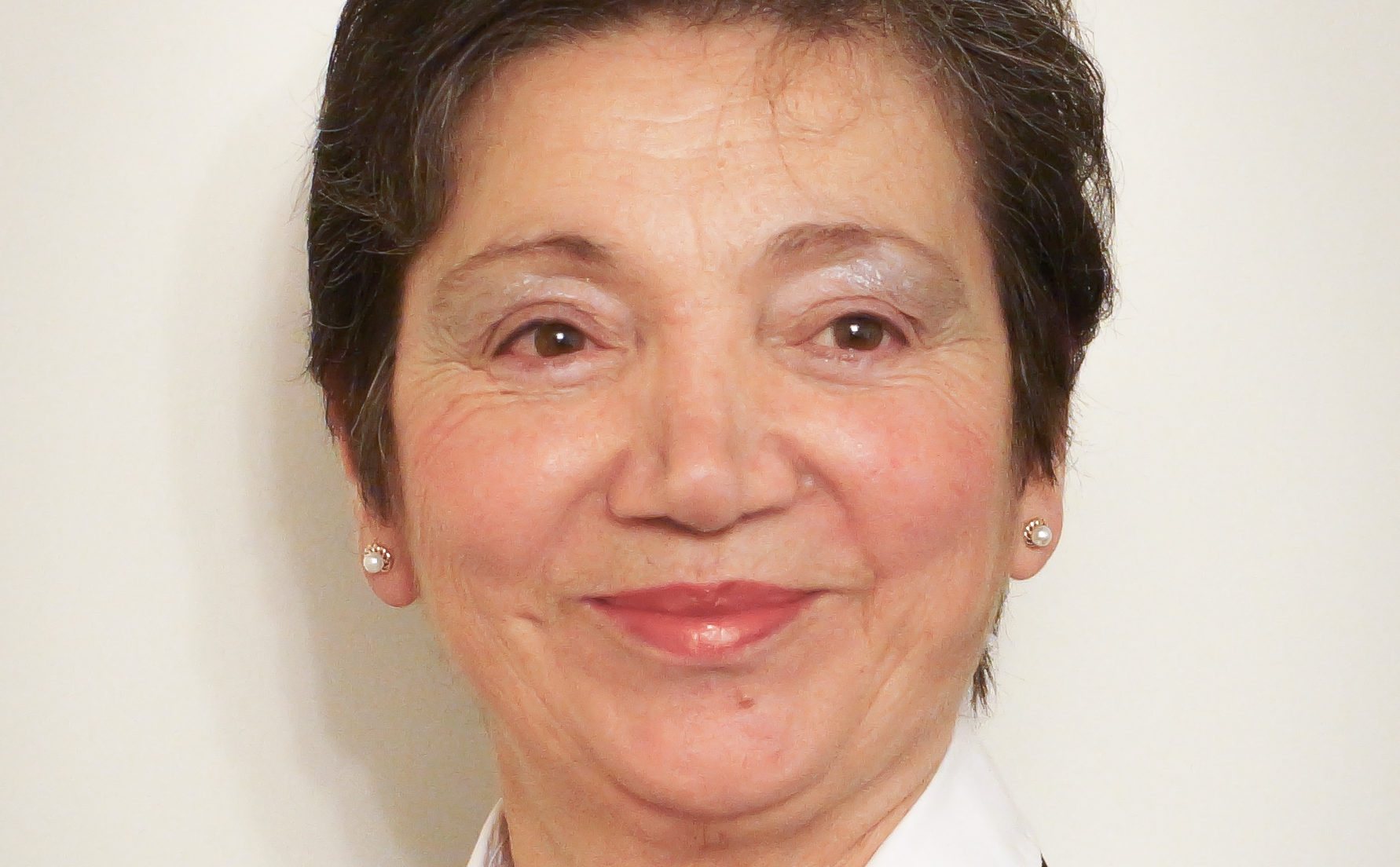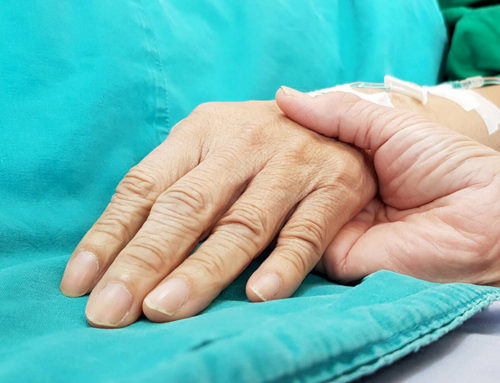Anne Lastman
In a recent encounter with a colleague who had sought consultation because of a difficulty with her client who had experienced sexual abuse as a child, and therapist felt she had made no headway even after many sessions. Because she knew I had worked very much with this type of trauma she asked for a meeting and after some discussion I felt that I could see why she was not making breakthrough.
Using various models Rogerian, (client centred therapy), Bowlby, (attachment theory) Freud,
Psychoanalytic theory, Parkes Cognitive concepts, and mention of others. As she continued telling me that she had tried many ways to “get through” she had been unable to and even her client appeared to be giving up saying that “there is no help for me.”
To me, as I listened, it seemed that the sessions had become mechanical and she had missed the reality that this is a counselling which needs to be slow. I further noticed that she hadn’t realised that abuse is also very much a grief issue. I felt that this colleague, felt that she had to “do” something to quickly “fix” the problem. This area of wound, grief, losses, are a work which take much time and all areas to be looked at whilst using theories and theorists but to be present in the now to her client. To be a real person with the client. Abuse, its grief its losses touch the victim at the deepest level of his/her essence. Where sexual abuse (especially) is the issue, ontological grief needs to be understood. A deep loss. A death. Loss. It’s a level where unity of the being is found and so a wound there is very difficult to reach.
At this stage I felt that my colleague did not want to become more involved with such a difficult issue and my suggestion was that she consider referring her client on to someone who might be able to stay in the present with the victim as she journeys through a difficult, violent experience. I suggested but left it to her to decide.
To bring the self into the session, so that she can hear what is being said is needed. Trauma occurs as a result of some overwhelming event, blow, witness to or victim of a trauma which renders the individual helpless and overwhelms the person’s inherent coping mechanisms.
Trauma carries varying intensities and therefore different outcomes. Dependent upon the seriousness of the event its depth. The event so strong and unexpected which blindsides and leaves the individual experiencing terror. However, a different and more severe outcome occurs when multiple events occur which makes this type of trauma longer lasting, rendering the individual in a state of hopelessness, numbness and capable of being manipulated and forced to participate in activities which leave the victim feeling worthless.
After such event out of the normal, numbness, denial, desensitisation, dissociative disorders, addictions, (methods of escape) eating disorders (important need for change of body into an unattractive body) are strategies employed to cope with images which invade her mind and the self-hatred by the person as memories of ugliness, anger, rage, and being out of control and overtaking her coping.
A traumatised victims always attempt regain mastery or control over their life following the trauma. However, with difficulty, because the victim must not only control self-feelings but all the effects that the event in question (e.g. Sexual abuse) brought about, that is, relationship losses, loss of trust, security, loss of everything that was “normal” and own sense of inner serenity and inner normality. All these are splintered following the traumatic event and what happens is that the splintered pieces left behind in place of disassociation must be regathered and re glued to reform a whole being if healing is to be achieved and a return of the victim to some sense of liveable life and importantly sense of safety.
A traumatic event/s is perceived and experienced differently by different people, that is, a child and an adult will experience the event in a different manner because of the past experience and knowledge and coping mechanisms learned and strengthened over years. Further, a child who experiences a trauma of abuse or witnesses a trauma, processes this differently than an adult who experiences the same trauma. This because of the available inner resources and variables available to both of them and each of these differences form meaning of the event according to their own understanding.
The length, severity, who the perpetrator was, all play important roles in how the victim is affected and how severe the trauma. Those most severely affected are those in a relationship where trust, affect, attachment have been violated. Sexual abuse of a child within a family comes under this type of trauma, because a child’s security is to be found in her family and home, so the intrusion of such horror destroys her assumptive world where all good things of today will be same good things tomorrow. Assumptive world assures the child His/her security that all is safe.
A child perceives a trauma differently than an adult and encrypts the event differently. Because a trauma is usually not of the norm in the child’s life and because the child has limited resources for coping, then the result is withdrawal from his/her normal world in order to be able to cope with the new negative, horrific, feelings, information, which the trauma has inflicted.
Where an adult would have reasoning skills and with assistance (counselling-talking-nurturing) be able to make meaning out of the trauma, a child who witnesses a traumatic event or experiences a traumatic experience (sexual abuse, physical, emotional abuse) is unable to do so and has no reasoning skills and therefore unable to make sense of the experience of trauma and thus being able to processes the trauma by keeping the event open to the memory and the emotions and constantly reliving it. This means that the event when continued by the perpetrator, or continually relived by the child, is carried with the ongoing physical growth.
Therefore growth continuing as mandated, however, the psyche and emotional life is deeply frozen, wounded, leading to increased risk of danger, suicide, self-harm, maladaptive behaviour, sexual perversions, substance abuses including alcohol abuse, erratic driving behaviours, violence against the self (self-injury) and violence against others, school disruptions and school disinterest and ultimately not only suicide but a life lived at odds and a life lived trying to find a sense of peace and an absence of the intrusive events of the trauma experienced or seen as a child will do. The perception and understandings between adults and children will be different.
Gender differences are also important to understand when looking at traumatic issues in males and females, and the response to the traumatic event is important to note. An example of this can be cited with abortion response. Post abortion a female who has regretted the decision will self-injure, self-deprecate, self-blame will slowly retreat into an inner world and not be consoled because it was all my “fault” even though it may not have been entirely her fault and coercion been present in her decision and at times sadly self-annihilation.
A male who is deeply wounded and regretful, guilty, ashamed will react differently. Will act out his anger, rage at not being able to save the child he had engendered. This is done by becoming aggressive, will become involved in dangerous pursuits, drive recklessly (I want to drive my car into a tree, Greg) will drink to excess; seek out others to fight with. For the male it’s all external. “out there.” His rage is expressed by becoming involved in actions which ensure that he harms himself. Perhaps unconsciously he mirrors the child’s bodily dismemberment. He does not appear to turn his rage onto the woman who aborted his child but wants to cause or ensure that he is punished by someone, in any way which is violent, this because he was unable to protect his child. The trauma of abortion for the post abortive male and female (when regretted) will be lifelong and in each case will be played out differently and experienced differently.
Gender is the most important dimension of a human being. It defines who a male is or a female is. They are different yet the same, human. But gender roles and perceptions are different; a man has a certain outlook and a female viewing the same or experiencing the same has a different outlook and the wound/s, the event/s, which caused the wound are processed differently.
For the male his masculinity is called into question (so too those males who are sexually abused) and tends to undergo a sense of gender confusion, questioning, dysfunction, numbing of emotions, and a refusal to notice the symptoms which would be seen as signs that something serious has appended itself to him. thus, not able to recognise the effects of his psychic injury. For the male who has experienced a sexual trauma, especially, will not speak about intrusive memories, flashbacks, hypervigilance and hyper startle response, all the signs of PTSD and usually these feelings behaviours are suppressed by using alcohol or substances licit or illicit. The male does not seem able to stop and look at the event (e.g. abortion/abuse) and see the trajectory which led to this ending. He sees the outcome and feels helpless that he was unable to help prevent the outcome.
The effects of trauma both on males and females are myriad and consistent across all age groups. The language used to describe effects is similar across gender and language. Trauma is not an Anglo-Saxon invention or a modern invention it has been recognised as having existed and spoken about but not understood for what it was as far back as early twentieth century, (shell shock 1919) but when some recognition understood, the introduction of memorial and understanding by President Woodrow Wilson of a day of remembrance called “Armistice Day.” Repressed memories, anxiety, depression, self-esteem issues, sexual dysfunction, fears, dreads, avoidance behaviours, sleep disorders, substance abuses (especially alcohol) and withdrawal into an unnamed inner world of pain. For a trauma victim any trigger will set into motion an unconsciously self-prepared mechanism for escape e.g. disassociation, violence, self-harm.
Where sexual abuse is the cause especially sexual abuse in family situation, the effects set up the groundwork for PTSD (Post Traumatic Stress Disorder) to develop and manifest throughout life. An imprint of the event or experience is etched into the psyche or maybe I would call it into the essence, the being of the male. The very loci, the very genome.
Importantly, recognizing the more subtle effects of early childhood wound which may exhibit a sense of feeling ugliness (especially girls) who cannot ever be loved, feeling that he/she is wicked (this comes from believing that he/she did something to deserve the abuse) sense of never reaching up to standards equal to others, lack of trust, easily shamed, not recognising toxic relationships and continuing in those relationships because it’s all that is deserved, unable to make friendship and retain friendships both as child and later as adult. The inability to self-care, self soothe and modulate inner arousal leading to actions not otherwise intended.
A traumatised individual lives with these constantly.
For most victims of psychic violence, its either all or nothing. Over giving of emotions of self or shutting down or numbing down so as not to feel. Safety and control in all things becomes the chief goal of one who has been deeply wounded
As a counsellour who has encountered much psychic pain, this word leaves me ambivalent. I’d like to say that I agree even with the word but I find it hard to even do that. It’s been suggested that returning to scene of crime, injury, the victim will re-traumatise, and that might possibly be so, but if the return is carried out well, then a new sense should be able to be achieved and change visibly seen and in the foreseeable future.
At the time of the original assault/s the victim was alone, (word most used by all who’ve come to me) both in the emotional and physical and because of this there was a total loss of sense of safety, and surrender of control in order to survive, and hence dissociation. His/her sense of self control is in small part left behind at that place of terror and these pieces must be retrieved because from then on, a new sanitised control is developed but fragile, waiting to be strengthened over time. In time, when help is sought, and after due time and build-up of trust and confidence with the helper (therapist) and with his/her(client’s) permission, a return to the place of trauma (not physical place but psychic place) is encouraged but this time not alone but with helper beside and present at all times so not alone. This usually at least 5-6 sessions. The rebuilding of client’s fractured internal, mental health, life, is very much possible but overall, it’s a work over much time and care and not a work where there is no commitment to reach the end.
This is not a work of 1-3 sessions of counselling. This is a work of slow retrieval of the client’s “self-pieces and her control” left behind because of the dissociation, in order to survive the ordeal. When the physical ordeal ended and a return to self, her loss of control and pieces of self or inner being remained in that place thus an incomplete sense of being is ever present. a retrieval of these must needs be done in order that homeostasis maybe achieved.
Even for the most horrendous of wounds it’s possible to help bring a peace. Never forgetting. The scars remain, like those of Jesus who took back with himself to his home (heaven) the scars of his earthly life, crucifixion and pain, but like those scars of Jesus the pain wasn’t/isn’t there anymore.
I understand that there will be those who will disagree with me and my method but I have found that my clients, those who agreed, experienced a new peace. Unlike the peace prior to the psychic wound inflicted, but a new peace. A mature peace. A peace which says I made it. I am proud of me.
Traumatic wounds of the psyche resist help, however when the barrier is removed then it really does become possible to heal, but one person at a time.







